Antibacterial Furniture Cleaning Techniques: A Fresh Start for Healthier Living Spaces
Why Antibacterial Cleaning Matters for Furniture
Where microbes hide in your home’s seating
Bacteria love high-traffic zones like armrests, cushion seams, recliner levers, and remote caddies tucked beside sofas. Antibacterial routines target these overlooked spots, turning grimy touchpoints into reliably clean surfaces you’ll feel good using daily.
High-touch hotspots you might overlook
Dining chair backs, ottoman trays, headboards, side tables, and cabinet pulls accumulate frequent touches. Antibacterial attention here breaks the transfer chain between hands and faces. Tell us which hotspot surprised you most once you started looking closely.
Health and comfort benefits beyond shine
Antibacterial furniture cleaning minimizes odor-causing bacteria, supports allergy management, and reduces illness risks during heavy-use seasons. The habit also brings calm: a predictable routine, cleaner air zones, and fewer worries about what’s lingering beneath the cushions.



Pre-clean: vacuuming, lint rolling, and patch testing
Vacuum seams, crevices, and under cushions to lift grit that shields microbes. Roll away hair and lint, then patch test your antibacterial on a hidden area. Clearing soil first prevents locking grime into fibers during the sanitizing step.
Apply, agitate, and respect dwell time
Lightly mist the antibacterial cleaner, then agitate gently with microfiber to distribute evenly. The kill-time on the label matters—let it sit. Keep kids and pets away, and avoid over-wetting cushions that could invite musty odors later.
Drying that prevents musty odors
Promote airflow with fans, open windows, or a dehumidifier. Elevate cushions, rotate them, and allow complete drying before use. Sunlight can help on removable covers, but limit exposure to prevent fading. Finish with a clean, dry microfiber buff.
Material-Specific Antibacterial Techniques
Use pH-balanced antibacterial wipes or sprays designed for leather. Avoid harsh alcohol-heavy products on delicate finishes. Apply sparingly, wipe gently, then condition after drying. Keep heat and direct sun brief. Share your favorite conditioner that keeps leather supple.
Material-Specific Antibacterial Techniques
Check care codes (W, S, WS, X). Water-based antibacterials suit many synthetics, while some natural fibers prefer solvent-friendly options. Mist lightly, blot rather than rub, and test dyes. Consistent, gentle passes reduce rings and protect fiber integrity.


Tools That Amplify Antibacterial Results
Quality microfiber increases surface contact and lifts residues more effectively. Fold into eighths for eight clean panels, color-code by room, and launder hot without fabric softener. Dedicated cloths for antibacterials prevent cross‑contamination and keep results predictable.
Tools That Amplify Antibacterial Results
Steam can sanitize smooth, sealed surfaces and some sturdy fabrics, but avoid unsealed wood, waxed finishes, and heat‑sensitive upholstery. Use slow, controlled passes. Pair with detergent pre-cleaning to remove films that can block antibacterial performance.
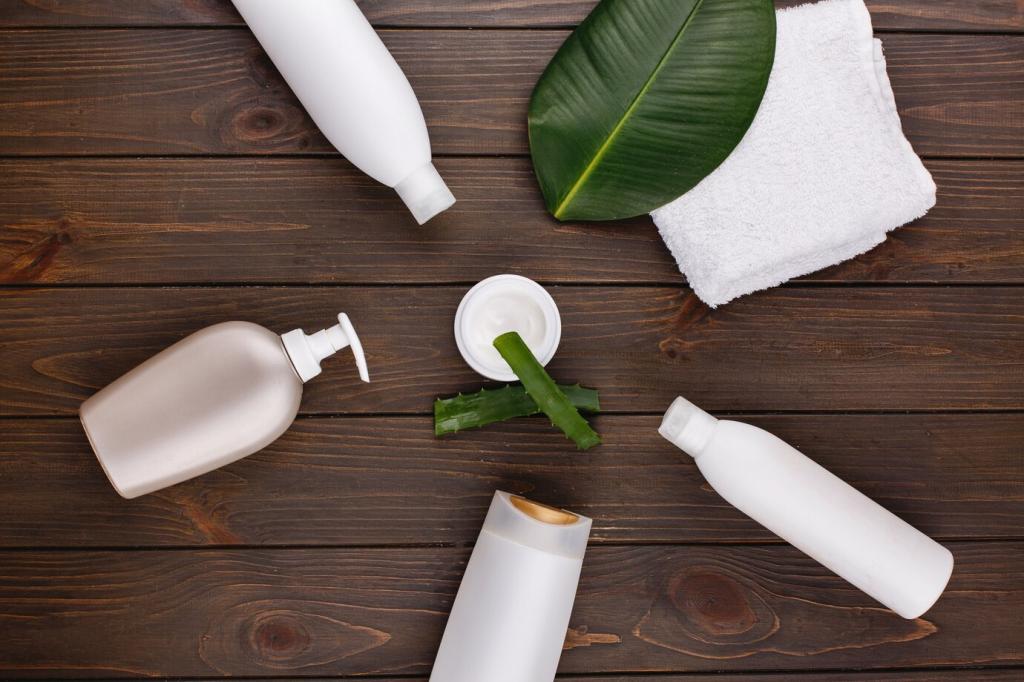


Lower-toxicity choices that still work
Peroxide-based and citric acid systems can deliver reliable antibacterial action with lighter residues and fewer fragrances. Pick third‑party certified options when possible, and test on inconspicuous spots. Use only what’s needed to keep chemistry and costs in check.
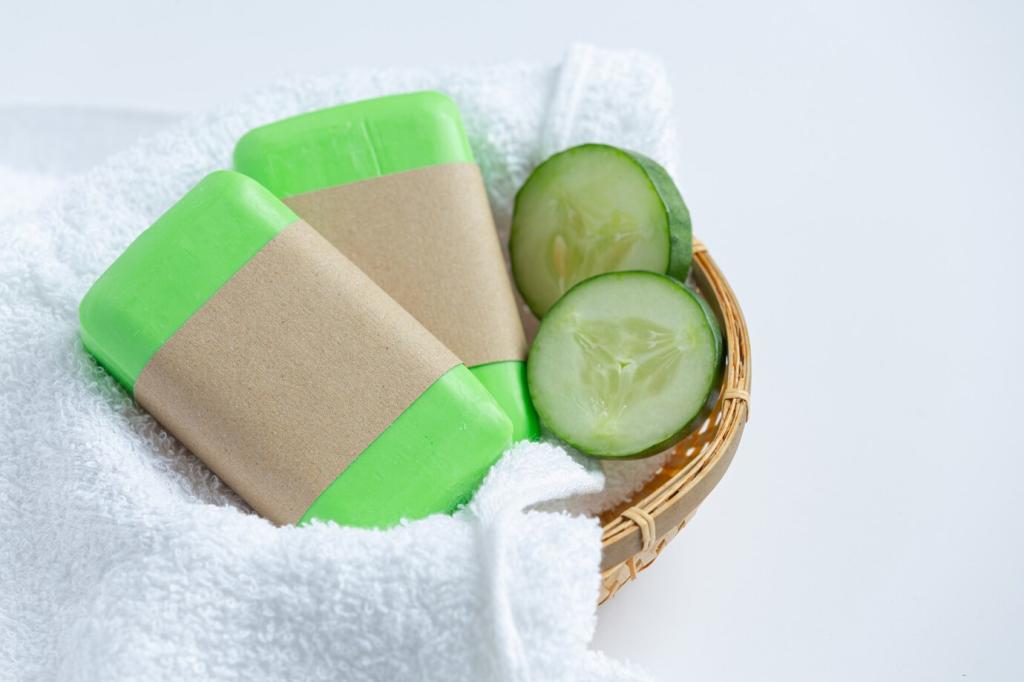
Right-sizing doses and reducing waste
Use dilution caps or measuring cups to avoid overuse. Refillable spray bottles cut plastic. Concentrates save storage space and emissions. Track what you actually use each month and share your favorite refill system for predictable, efficient cleaning.
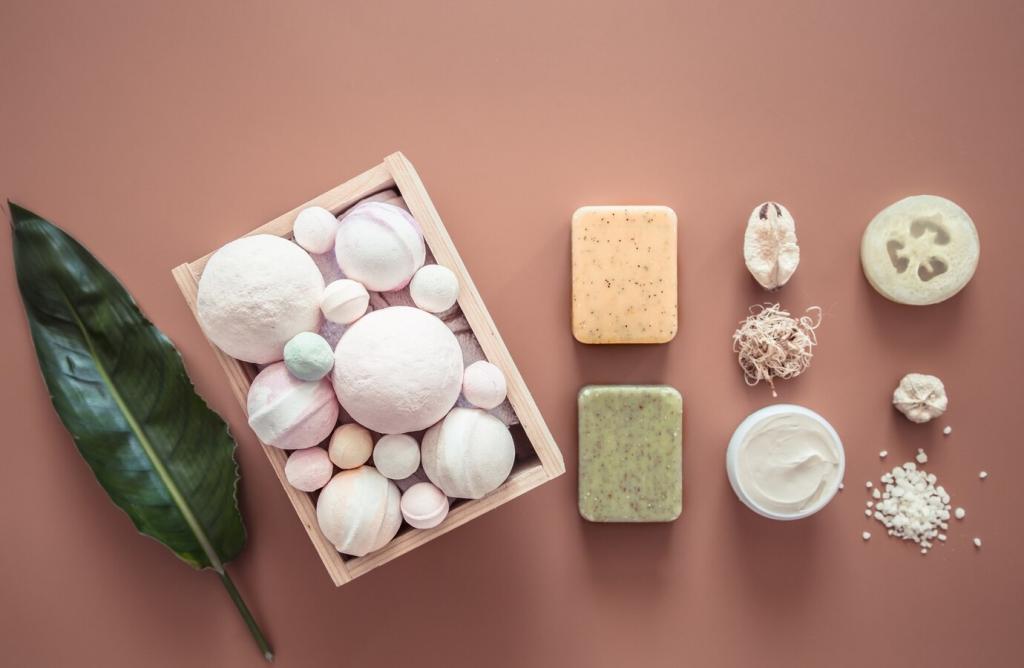
Ventilation and indoor air quality
Open windows, run exhaust fans, and upgrade HVAC filters during antibacterial cleaning. Low‑VOC choices help, but airflow still matters. Schedule sessions when rooms are emptier so contact times finish undisturbed and the space airs out comfortably.

A busy household noticed weekend movie nights came with itchy eyes and mysterious odors. Vacuuming helped, but symptoms lingered. They suspected bacteria building up in seams and armrests—classic targets for smarter, antibacterial furniture cleaning techniques.
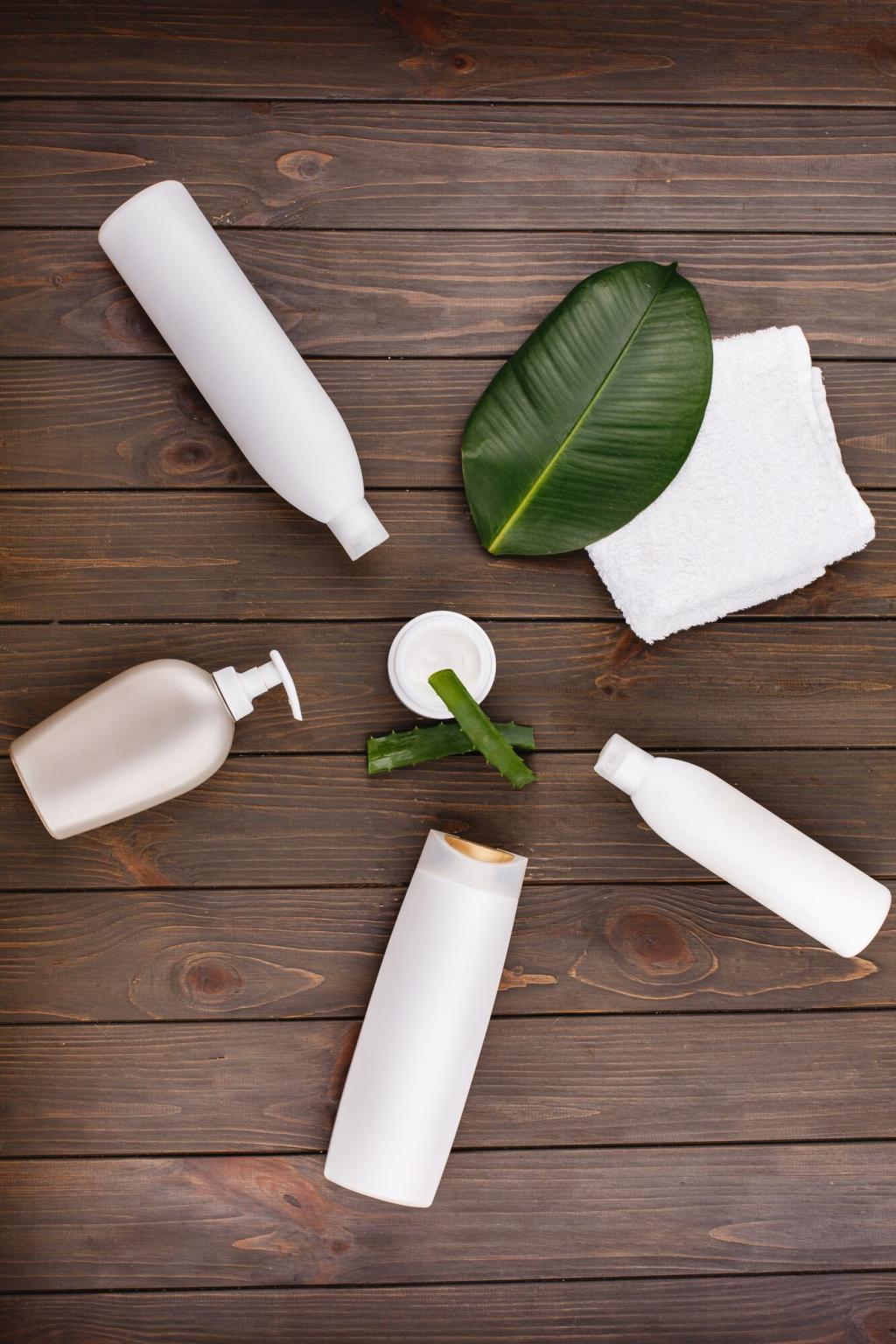
They spot-tested a peroxide-based antibacterial, pre-vacuumed, lightly misted, agitated with microfiber, and honored the full dwell time. Cushions were propped to dry with fans. A weekly quick-sanitize on hotspots kept momentum without turning cleaning into a chore.
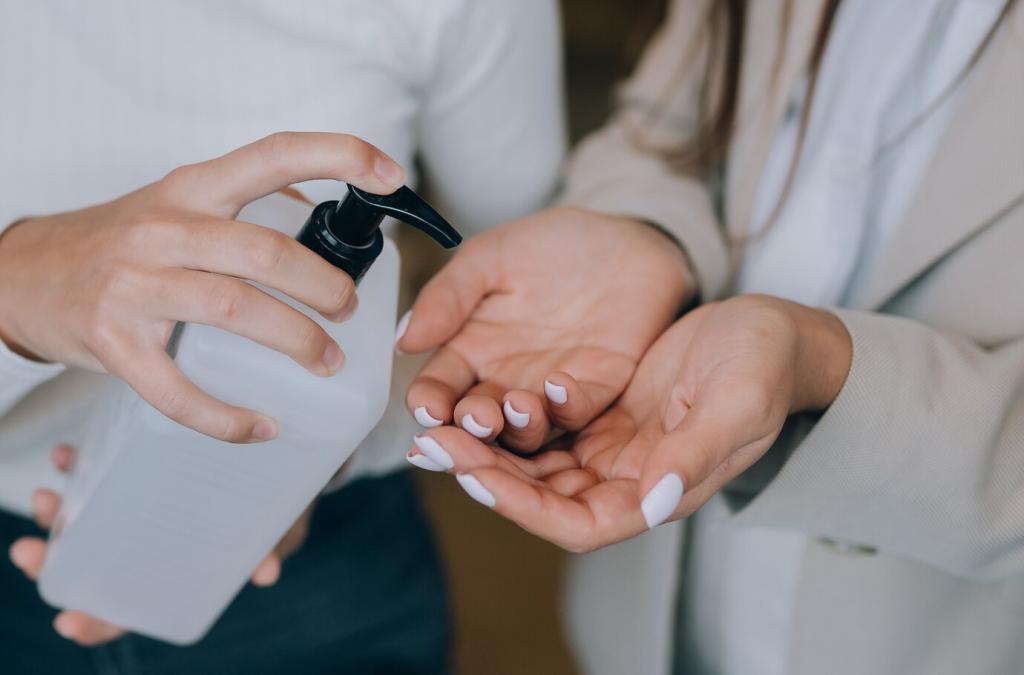
Within two weeks, odors faded and tissues stayed in their box. The sectional felt fresher, and the routine became second nature. Try their playbook, tweak for your materials, and report back. Subscribe for new antibacterial techniques every week.
Join our mailing list
